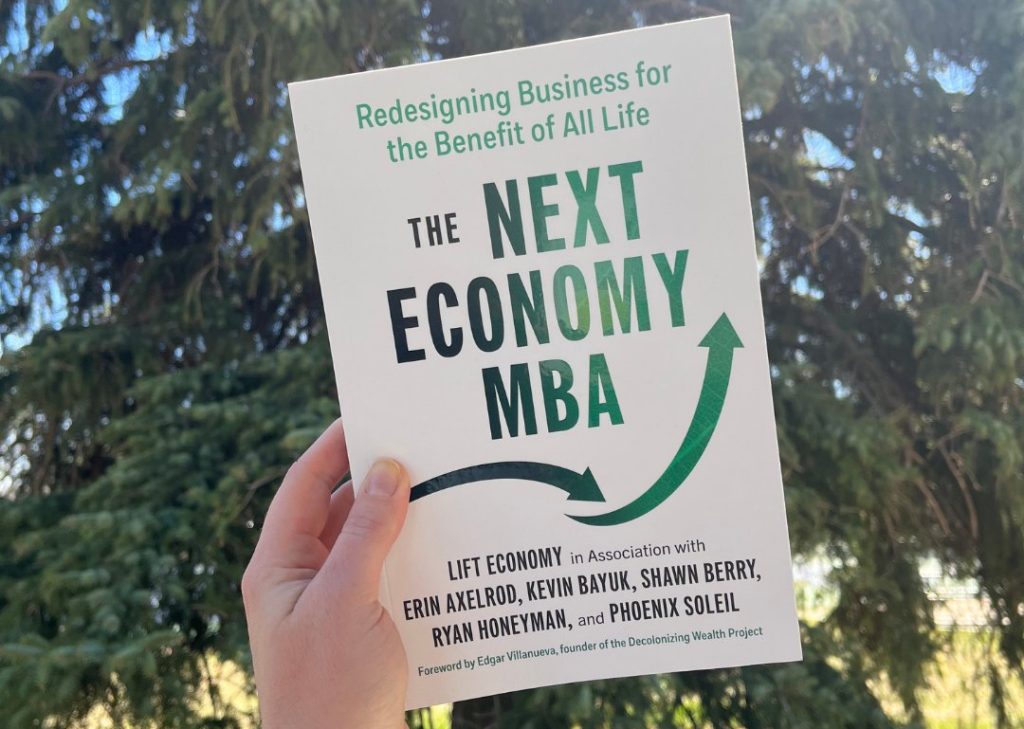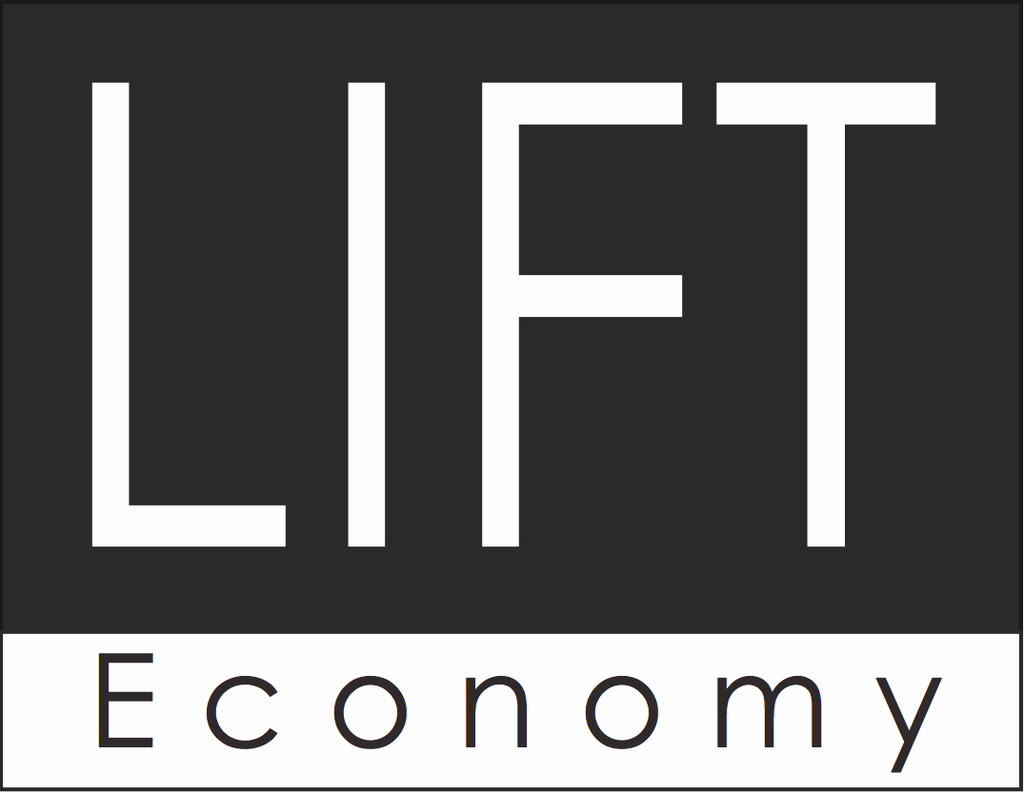It is clear that the current system, which we refer to as the “Business as Usual” (or BAU) economy, is not working for the vast majority of people and the planet. For us, calling it “Business as Usual” is used to confer a sense of possibility for change and as an omen of the risk of complacency (we try to avoid using “capitalism” because, as with “socialism” or “communism,” there are often strong feelings associated with the term).
For example, as a result of the BAU economy:
- A tiny group of white men have more wealth than billions of people
- About 800 million people go hungry or malnourished each day, even though twice the number of calories needed to feed all of humanity are produced.
- Two billion people still lack safely managed drinking water
- One million species of plants and animals are at risk of extinction, and the extinction list grows monthly
- Greenhouse gas emissions from agriculture, land exploitation, and fossil fuel combustion have radically altered the atmosphere of the planet, creating an existential risk to human life in the form of climate chaos from global warming
- White supremacy and extremism are on the rise globally
- The racial wealth “gap” is not merely a gap but an enormous chasm that continues to grow at an alarming rate
All of these crises can be connected back to the core systems, structures, and norms of the BAU economy. For humanity to have a livable future, the BAU economy must die out—or at least be radically transformed.
The Next Economy
The “Next Economy” is our name for an economic system that works for people and the planet. We imagine the Next Economy as a bioregional, locally self-reliant, and racially just economy that works for the benefit of all life—one that meets basic needs of all people everywhere while regenerating planetary ecosystems. The Next Economy is both an aspirational vision and something that partially exists today. The transformation of the economic system to one that benefits all life could take hundreds of years. However, we believe there can be significant progress toward that goal in a much shorter time frame. Indeed, we joyfully acknowledge that there are whispers, songs, dances, and actions that highlight the radical transformation already underway all around us.
Life Design Practices in the Next Economy
A key component for successfully practicing life design is to design around needs (shelter, food, joy, belonging, etc.) rather than strategies (e.g., salary). A job or salary is only one strategy to meet your needs. By focusing on the need first, alternative strategies to meet your needs may present themselves—especially strategies that may not be readily apparent.
Another practice of life design is to consider three reference points you seek to emulate. These could be people whose life choices inspired you or communities thriving together to meet their needs. Studying, knowing about, and learning from reference points can help you not reinvent the wheel and create a sense of mutuality and solidarity in a process that (in mainstream society) risks feeling overwhelming and isolating.
Once you have those reference points, we recommend you broadcast your needs. If your friends, family, or even like-minded strangers do not know you need something, how can they support you? Often, a way to hold this is to reframe “asking for help” as “an opportunity for someone else to support you.” Many people live their lives feeling isolated, and there is nothing that makes people feel more alive, and their lives feel more meaningful than when helping someone. You can do this in many ways. You can call a friend and ask for specific support. You can attend a gathering and talk with folks at the gathering about your needs. You can email specific requests to communities or individuals who you think might be able to help you. Some people will likely be unable to help. This is fine and to be expected. For every person who says no, there are 20 more people willing to say yes. You just have to find them.
The myth of self-sufficiency is a trap you can get stuck in when practicing life design. The dominant narrative can make you feel like the goal is to become someone who has stepped outside the system. You may feel like you need to become free of reliance on money and completely self-sufficient in meeting your food, shelter, water, healthcare, education, and purpose needs. This mythology is quite insidious and can negatively influence your subconscious.
Self-compassion and compassion for others are very important in this work. Acknowledge how hard this work is and how these life design practices are transforming centuries of colonization and oppression. Sarah Peyton, a neuroscience educator, says that not only is compassion a kinder path to take, but science shows that kindness fosters more successful behavioral change. Meeting yourself with warmth and support is actually the more effective path to personal growth and transformation.
Examples of Life Design in the Next Economy
When thinking of those individuals whose personal life designs inspire us, one consistent pattern is their ability to stay true to themselves. You are your own beautiful person. Your life design is going to look different from others.
- Leah Penniman, who studied food systems and agroecology, was a new mom who found herself living in a food desert (a geographic area where residents have few to no convenient options for securing affordable and healthy foods—especially fresh fruits and vegetables). In asking herself the hierarchy of consumption question, “Can I make it? (in her case, “Can I grow it?”), she and her partner founded Soul Fire Farm, which has since grown into one of the leading organizations combatting racism and food apartheid in the U.S. food system.
- Winona LaDuke, two-time vice presidential nominee, Harvard-trained economist, and executive director of Honor the Earth, has committed a large percentage of her life energies in the “divestment” realm. Winona has mobilized people to rally for divesting public and private money from extractive fossil fuel corporations funding both the Keystone XL pipeline and Enbridge’s Line 3—even getting arrested and putting her body on the line to stop construction. Her work does not stop there. Winona has spent a large amount of time investing her energy in building what she (and the Anishinaabe prophecies) calls “the Green Path.” The Green Path is an economy rooted in Indigenous principles, regenerative crops (such as hemp), and cooperative economics.
- Ethan Hughes, the founder of the Possibility Alliance in Belfast, Maine, is deeply committed to divesting from the BAU economic systems. The Possibility Alliance is designed to be a self-sustaining homestead, educational facility, and community attempting to function outside of capitalism while giving and receiving offerings of food, knowledge, and living space, all for free. The goal is to demonstrate a community design that is realizing the possibility of meeting everyone’s needs.
From The Next Economy MBA: Redesigning Business for the Benefit of All Life, by LIFT Economy in association with Erin Axelrod, Kevin Bayuk, Shawn Berry, and Ryan Honeyman. Learn more at lifteconomy.com/mbabook
Shareable is partnering with LIFT Economy to share the audio recordings from the Next Economy MBA program. Over the course of a year, we’re publishing all 25 of their trainings for everyone’s benefit. If you’re interested in learning more about their program, please visit: https://go.lifteconomy.com/nextmba









